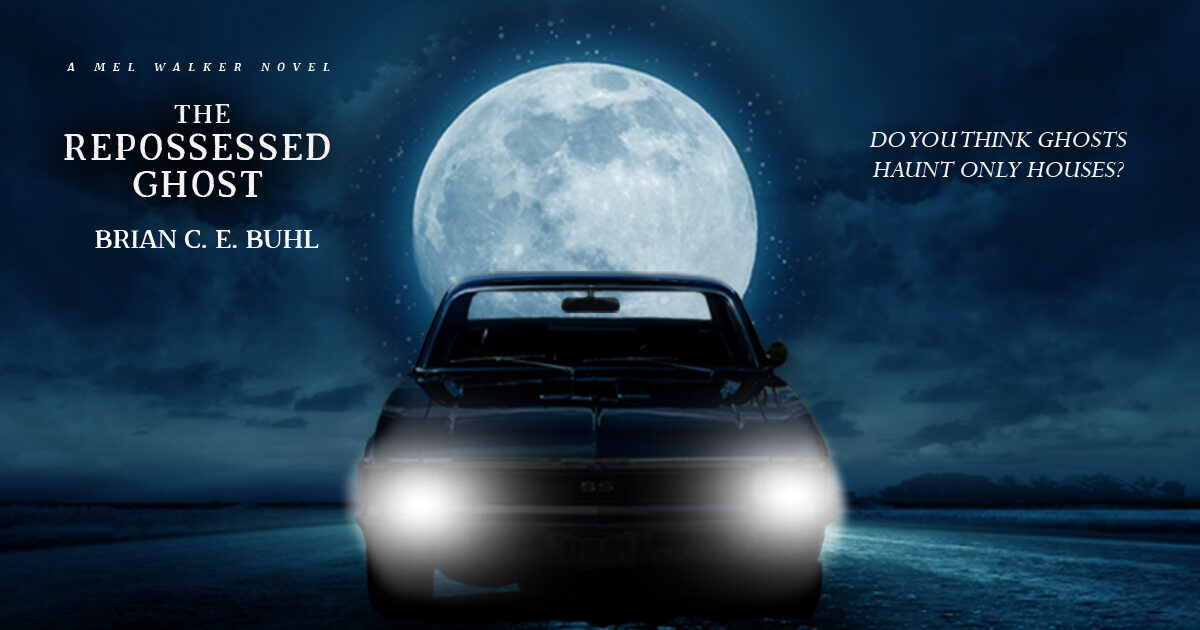It’s Monday, and here is #36.
I love a good story.
Whether it’s on the page or on the screen, I can’t get enough. Similarly, I’m fascinated with cons.
Tonight, Melissa and I watched The Sting, starring Robert Redford and Paul Neuman. The movie is literally as old as I am, and it holds up. It’s so, so good.
It’s like a magic trick. There is the setup, the push into action, the surprising twists and turns in the presentation, and then the final payoff at the end. Am I talking about the plot of the movie or the way a story is laid out? Yes. Yes, I am.
Stories come in different shapes and sizes, much like con jobs. The reader and the mark both need to be drawn in and sold on what is happening. If the reader isn’t buying it, they’ll put the book down. If the mark doesn’t believe the con artist, they’ll walk away.
In both cases, the author and the artists must show the stakes. Why should the mark go along with the con if they don’t believe there’s something in it for them? Why should the reader care about the story if they’re not invested in the characters?
And then there’s the twists and turns. All of the misdirection and theater. If the plot of the story is too straight-forward, the reader can grow bored no matter how fantastic the characters are. And if the mark doesn’t get fooled by the misdirection, the game is up, and they walk away, or worse.
The payoff is a little bit different, because it’s the artist that comes away ahead in the end, if everything goes according to their plan. If the writer does a good job bringing their story to a satisfying conclusion, everybody wins. The reader doesn’t lose anything, except possibly some tears, depending on the story.
If you haven’t watched The String in a while, it’s on Netflix, and it’s very good. It’s 2 hours well spent.
